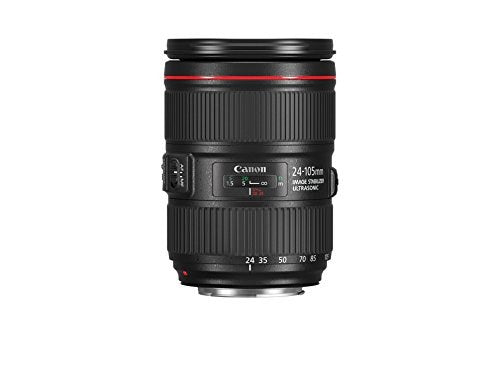Product Description
Canon EF 24-105 mm f/4L IS II USM Lens
A standard zoom that goes a little bit further, whether you’re shooting photography or video. Ideal when you need exceptional image quality while travelling light.
A professional-quality standard zoom lens, suited to many different types of photography and videography.
Tackling virtually any subject with an extended 24-70 mm zoom range, this L-series prime lens is a go-to zoom for professional photographers. Delivering outstanding image quality with a fast f/2.8 aperture for optimum control over depth-of-field, the 9-bladed diaphragm also helps to achieve beautiful background blur. A great low-light performer – the fast and constant aperture of the EF 24-70mm f/2.8L II USM makes the most of available ambient light. Split-second moments are captured in fast, responsive Auto Focus with Ultra-Sonic Motor (USM) so it’s an excellent choice for professional, high-quality results whilst travelling light. Part of the Canon professional L-series flagship range, its designed for robust handling and is resistant to dust and moisture.
























